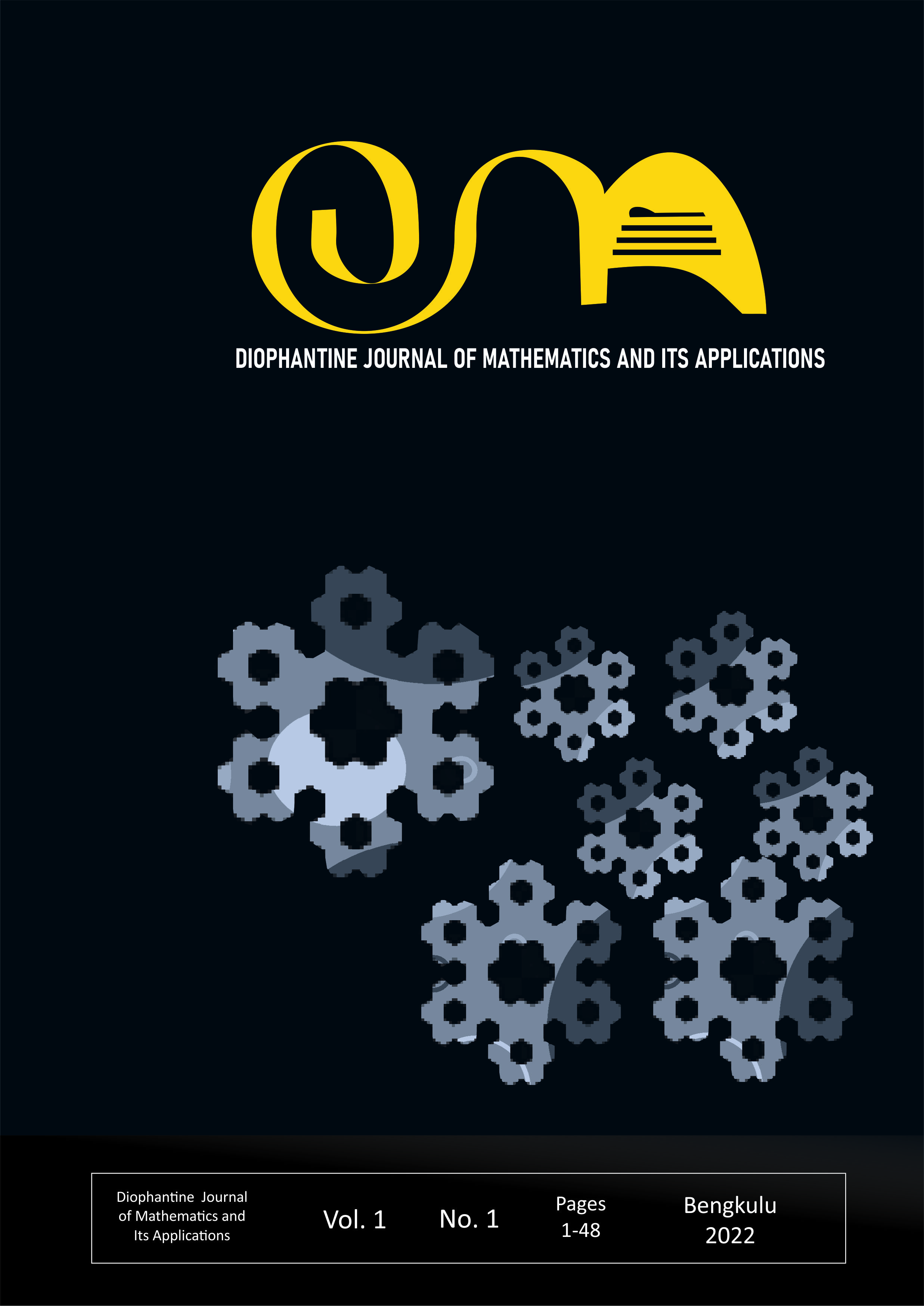Main Article Content
Abstract
This study is an empirical study that compares the use of two types of inverse matrices in the input output model. The Input Output (IO) model is based on a system of mathematical equations that applies general equilibrium phenomena. The matrix operating system in the equation derived from the IO model allows the Output value (X) to be calculated as an effect of the final demand induction (F) with the formulation X=(I-A)-1F where A is the technical coefficient matrix. This equation model uses the Leontief Inverse Matrix to calculate the impact of output with final demand (F) as a stimulant. Calculation of the impact of the stimulus from the supply side such as added value and the value of intermediate inputs originating from imports (V) uses the Ghosian Inverse Matrix in the equation X=(I-AT)-1V where AT is the usage coefficient matrix. The data used in this study comes from the Bengkulu Province Input Output Tables in 2000 and 2016, each of which has been collected in a common set to see comparability between years of observation. Forecasting results with both types of approaches produce different levels of accuracy for each observation period.
Article Details
Copyright (c) 2022 Budi Kurniawan

This work is licensed under a Creative Commons Attribution 4.0 International License.
